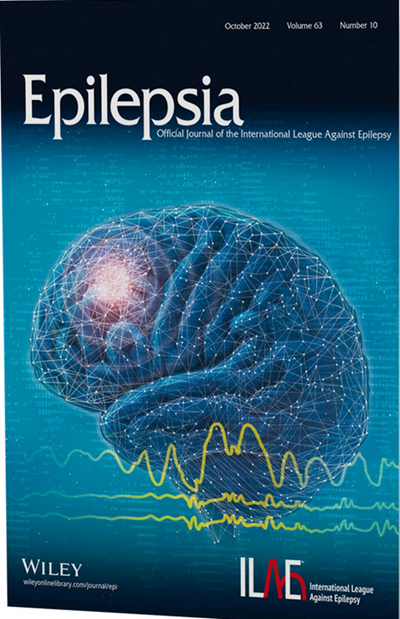Predictors of drug-resistant epilepsy in childhood epilepsy syndromes: A subgroup analysis from a prospective cohort study
Abstract
Objective
Previous studies assessing factors associated with drug-resistant epilepsy (DRE) were constrained by their amalgamation of all epilepsy syndromes in their analyses and the absence of uniform criteria for defining DRE. Our objective was to identify predictors of DRE among the four primary childhood epilepsy syndrome groups within a cohort of children with new onset seizures, using the International League Against Epilepsy (ILAE) definition of DRE and the recent classification of epilepsies.
Methods
This is a prospective study of 676 children with new onset seizures initiated on antiseizure medication. Patients were monitored for the occurrence of DRE according to the ILAE criteria and were categorized into one of four epilepsy groups: self-limited focal epilepsies (SeLFEs), genetic generalized epilepsies (GGEs), developmental epileptic encephalopathies (DEEs), and focal epilepsies. Cox regression analysis was performed to identify predictors of DRE within each epilepsy group.
Results
Overall, 29.3% of children were classified as having DRE, with the highest incidence observed among children diagnosed with DEEs (77.7%), followed by focal epilepsies (31.5%). Across the entire cohort, predictors of DRE included the presence of an epileptogenic lesion, a higher pretreatment number of seizures, experiencing multiple seizure types, presence and severity of intellectual and developmental delay, myoclonus, and younger age at epilepsy onset. Within the GGEs, only a younger age at seizure onset and experiencing multiple seizure types predicted DRE. Among focal epilepsies, predictors of DRE included the presence of an epileptogenic lesion, experiencing multiple seizure types, and having a greater number of pretreatment seizures. Within the DEEs, predictors of DRE were the occurrence of tonic seizures. Predictors of DRE within SeLFEs could not be identified.
Significance
This study indicates that different epilepsy syndromes are associated with distinct predictors of drug resistance. Anticipation of drug resistance within various groups is feasible using accessible clinical variables throughout the disease course.

 求助内容:
求助内容: 应助结果提醒方式:
应助结果提醒方式:


